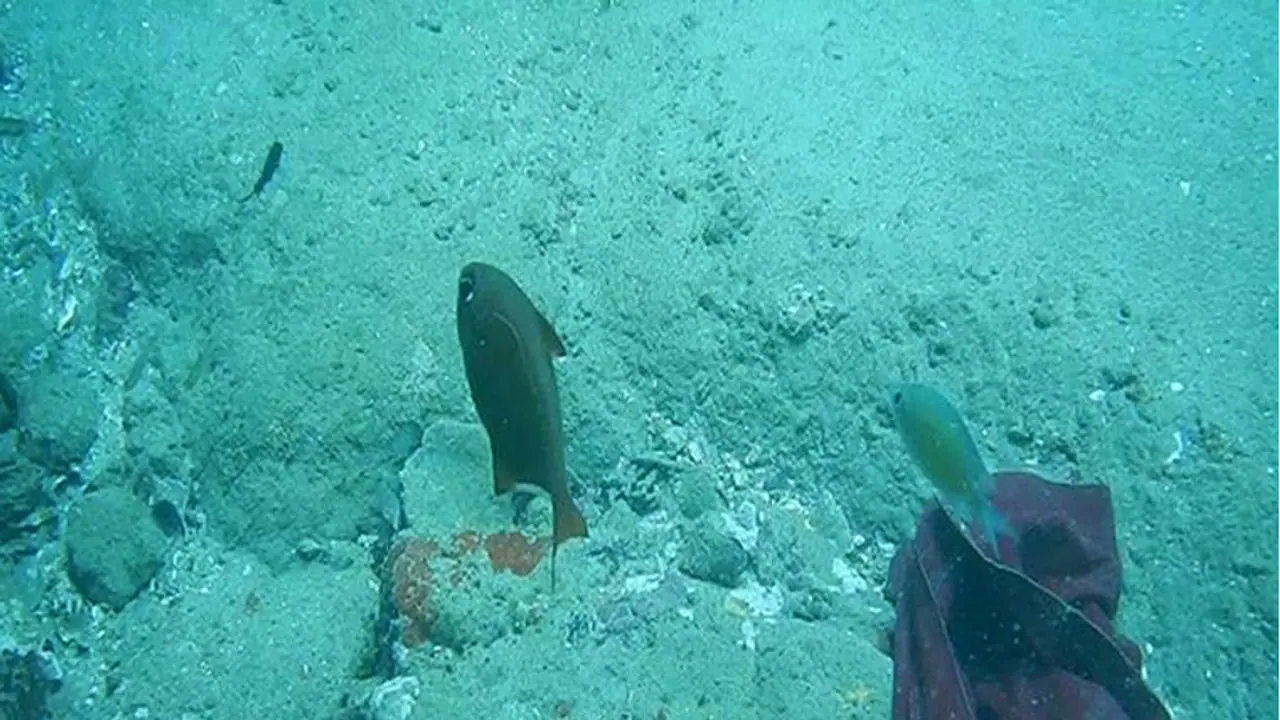Presence of microplastics is contaminating the food web of the lake The pollutant enters the body of clams and fishes which are consumed by humans LITTERBASE provides data on distribution of litter across the world
Vembanad Lake, the largest freshwater lake in Kerala and longest one in India, is one of the most polluted water bodies in the world. A study, which maps most polluted water bodies in the world has found the presence of microplastics in all the samples taken from the lake.

Microplastics are an emerging pollutant, which is less than 5mm in size and is considered very hazardous to the environment. The study was conducted by researchers from Alfred Wegener Institute (AWI), Helmholtz Centre for Polar and Marine Research in Germany. They had compiled results of over 1, 000 scientific studies on marine pollution and have created an LITTERBASE, an interactive global distribution map.
Ten samples were collected from the lake for conducting the study. Vembanad lake is a Ramsar site, a wetland of international importance. All ten samples collected from different part of the lake contained microplastics, dominant being low-density polyethene, indicating that the pollutant is distributed extensively.
The presence of microplastics can contaminate the food chain as the pollutant enters the body of fishes and clams which are in turn consumed by humans. "Clams and fishes are the major source of protein and is an important part of the food. So the presence of microplastics is a major concern. It is contaminating the food web of the lake," the authors said.
This is the first study on the presence of microplastics in the water bodies in India. As extensive presence was reported further studies must be conducted across water bodies across the country.
Another study conducted by National Centre for Earth Science Studies (NCESS) has stated that Vembanad lake is likely to vanish in next 50 years. The study has found that 55, 000 hectares of backwaters has been reclaimed and converted to polders for paddy cultivation. The capacity of Lake has gone down from 2.45 cubic km to 0.56 cubic km. It shows a decline of 78% while urban agglomeration increased five times over last 50 years.
LITTERBASE provides data on the distribution of litter across the world and how it affects the wildlife with a focus on marine realm. Studies have found that over 1, 249 species of organisms have been affected by litter across the world. Some of the most common things that generate litter are metal, glass, textile, rope, cardboard, cigarette buds and plastic.
